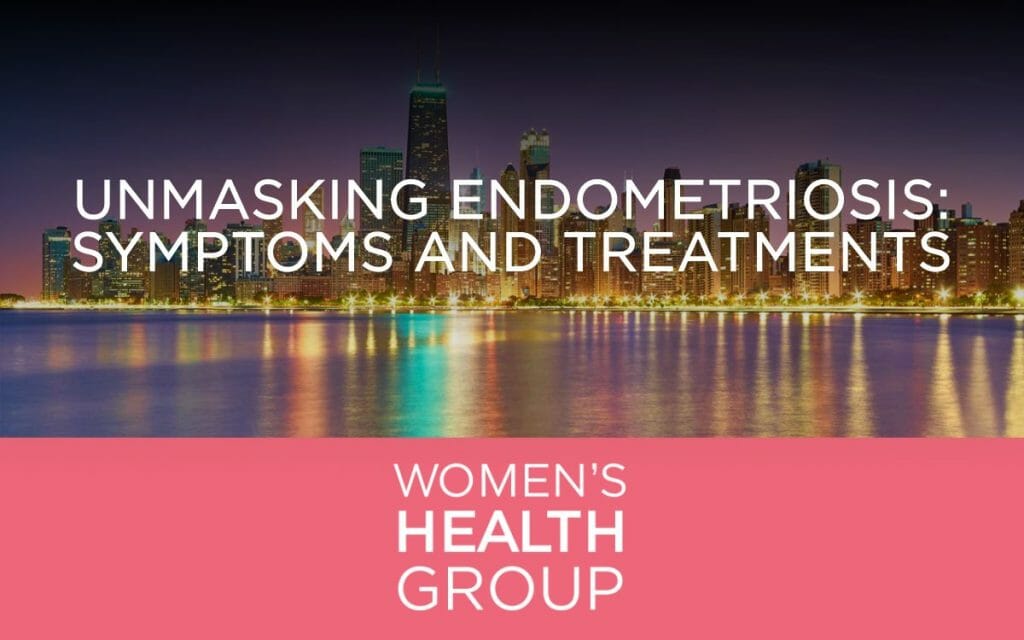Understanding Endometriosis
As a Women’s Health Group based in Chicago, with keen interests in obstetrics and gynecology, we have come to witness numerous reproductive health issues prevalent in women. Among these, endometriosis stands out as a common yet often misunderstood condition, affecting approximately 1 in 10 women of reproductive age globally. Our duty is to enlighten you about this affliction, present its symptoms, and discuss the treatment options available.
What is Endometriosis?
Endometriosis is a reproductive health condition where tissue similar to that which lines the uterus, the endometrium, is found outside the uterus. This tissue, regardless of its location, continues to act as it would within the uterus: thickening, shedding, and bleeding with each menstrual cycle. Because this discharged tissue and blood cannot exit the body, it becomes trapped and can lead to various complications such as cysts, inflammation, and scarring.
The most commonly affected areas are the ovaries, fallopian tubes, tissues lining the pelvis, and, in rare instances, areas beyond the pelvic organs. The condition is typically diagnosed among women in their 30s and 40s but the onset can begin in girls as young as puberty. Its link to fertility problems further underscores the need for accurate information and management options.
Unveiling the Symptoms
One challenge with endometriosis is the wide range of symptoms experienced, which vary in intensity. Some women could have the condition and be asymptomatic, while others may experience extreme discomfort. Key symptoms include:
- Period pain: Most women experience cramping during their periods. However, women with endometriosis often report that the pain is far worse than usual and may increase over time.
- Pain during intercourse: Discomfort or pain during or after sex is a common symptom of endometriosis.
- Painful urination or bowel movements: This is often reported by women during their periods.
- Gastrointestinal problems: These can include diarrhea, constipation, bloating or nausea, particularly during menstrual periods.
- Infertility: Endometriosis is discovered in about 20-40% of women battling infertility.
Diagnosis of Endometriosis
Given its wide range of symptoms, diagnosing endometriosis can be a daunting task. In some cases, it can take multiple tests and several years to reach an accurate diagnosis. Usually, the process begins with an in-depth review of your medical history and symptoms, followed by a pelvic exam. But very often, these may not be enough to confirm endometriosis.
More precise diagnoses can be attained using imaging tests such as ultrasounds, magnetic resonance imaging (MRI), or through a surgical procedure known as laparoscopy. A diagnosis is usually considered definitive when the procedure visually confirms the presence of endometrial tissue outside the uterus and a tissue biopsy can confirm the diagnosis at a microscopic level. You can get more details about diagnosing endometriosis from the Mayo Clinic’s detailed research on endometriosis
Treatment Options for Endometriosis
As it stands, there’s no known cure for endometriosis. However, several treatments can help manage the symptoms. Treatment plans are often tailored to each person’s individual needs and may focus on pain relief, slowing endometrial growth, preserving or restoring fertility, and preventing recurrence of the disease.
Approaches to treatment include:
- Pain Medication: This is usually the first line of defense. The medication can range from over-the-counter pain relievers to prescription drugs.
- Hormone Therapy: These therapies help slow the growth and prevent new growth of endometrial tissue. This is often used to manage pain.
- Conservative Surgery: This is particularly for women who wish to become pregnant or experience severe pain. This surgery aims to remove or destroy endometrial growth outside the uterus while preserving the uterus and ovaries.
- Hysterectomy: In severe cases of endometriosis, the doctor may suggest the removal of the uterus and ovaries.
It’s important to have regular consultative discussions with your healthcare provider to understand and choose the treatment that best works for you. By being informed, you can make decisions that prioritize your well-being. Learn more about endometriosis treatment on Women’s Health official page dedicated to Endometriosis.
The Long-Term Outlook
While endometriosis can present certain challenges, it’s important to remember that a diagnosis isn’t a life sentence. With modern medicine and continued research, endometriosis management is possible, and many women with the condition lead fulfilling lives.
As a Women’s Health Group based in Chicago, we’re committed to providing informative, compassionate, and effective care, taking you through your journey step by step. With support, perseverance, and the correct management plan, you can overcome the hurdles that endometriosis might present. Remember, you are not alone. Endometriosis is a condition many women live with, and many women conquer.




